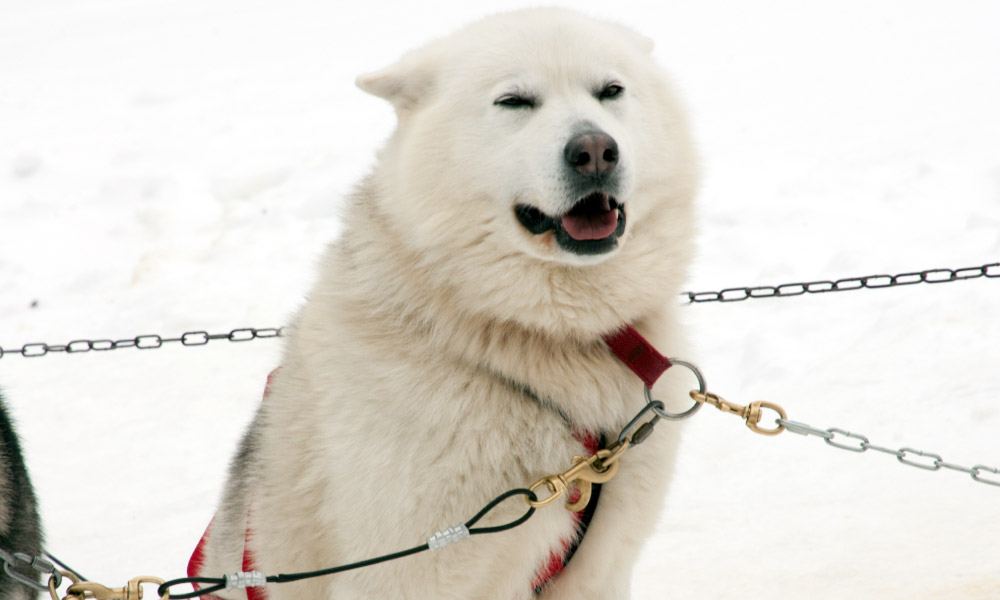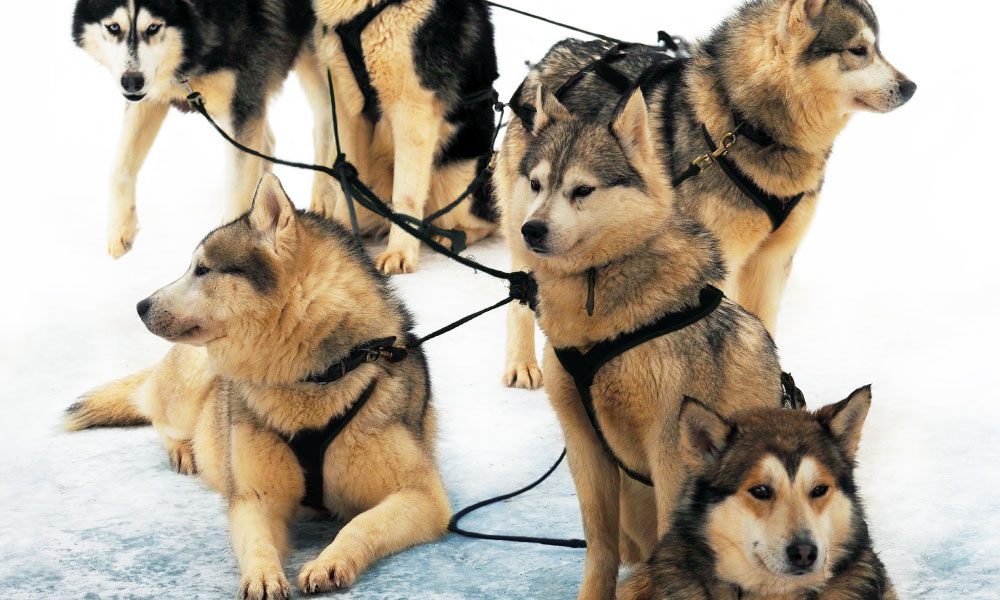
Good Mushers are Good Dogs
When I owned my first business, I became critically aware of how dependent I was upon my employees to be successful. Not just in the sense of a future exit or some wealth creation, but in the execution of daily work. I went home each night thinking “my employees make a choice each morning as to whether they will return to work for me – what am I doing to make sure they want to pick me and my company?” I realized early on that it couldn’t be simply that they just wanted to come back to work for me. That would result in a cult of personality that would be difficult to maintain and dangerously unstable. They had to want to come to work for some higher purpose, and as important, want to come to work for the others in the organization. That is, there was a symbiosis between the employees – they came to work for each other, united by a common vision of the future and a common purpose. Having seen the light in the infinite scalability of this leadership model, I then worked diligently to instill the same thinking in my executive managers – which wasn’t always easy, and which wasn’t universally adopted.
It took me some time to realize, and some courage to implement, that I had to calibrate measurements of success for my executive team around my expectations that they adhere to my newly found management philosophy. Over time, most leaders who could not, or would not adopt my philosophy and practice it self-selected out. Fortunately, I only had to let one executive go. I saw it as some vindication that other executives who left self-selected: they inevitably were underperforming in terms of performance and had the highest attrition and turnover in their own organizations. I further witnessed that most of these failed executives struggled with their own relationship to their position, authority, and responsibility within the organization. They saw their job — principally in terms of their title — as something they earned and which gave them some sort of hall pass with regard to their own accountability to the health of their group, and their reliance upon that same group to make them, and keep them successful.
This leads me to the “follower problem”. In an op-ed piece for The New York Times by David Brooks titled “The Follower Problem”, Brooks deliberates on the challenges of monument construction in Washington D.C., asking “Why can’t today’s memorial designers think straight about just authority?” He goes on to say:
“But the main problem is our inability to think properly about how power should be used to bind and build. Legitimate power is built on a series of paradoxes: that leaders have to wield power while knowing they are corrupted by it; that great leaders are superior to their followers while also being of them; that the higher they rise, the more they feel like instruments in larger designs.”
It is this concept of being an instrument in a larger design that I think describes an leader who is enlightened enough to be a Musher. A Musher is also critically aware of the delicate balance between authority and autocracy. Again, Brooks:
“Maybe before we can build great monuments to leaders we have to relearn the art of following. Democratic followership is also built on a series of paradoxes: that we are all created equal, but that we also elevate those who are extraordinary; that we choose our leaders but also have to defer to them and trust their discretion; that we’re proud individuals but only really thrive as a group, organized and led by just authority.”
In Musher parlance, this thinking goes back to the Musher who brings the dogs into the tent when the night is particularly harsh and cold. The Musher understands his or her reliance on the dogs for his success – if not survival. Metaphorically, the Musher is the executive who has been raised up from the ranks to lead. S/he becomes superior to the ranks even as she is one of them, and in that promotion she is bestowed with “just authority”. But equally important, the Musher now becomes more reliant upon the ranks for his or her success. The Musher who disdains “bringing the dogs into the tent” is the executive who fails to understand how precarious his career will be without the support of their subordinates.
As I said in a previous blog post:
“Executives who are “in charge” but who act demonstrably for the betterment of the company, who create a culture of interaction, transparency, and mutual respect and support, will win the hearts and minds of the younger generations”
and here I will add “of all generations” within the enterprise. To be a good leader, remember what inspired you to be a good follower. And practice it.
New? Start here.
Stay in the Know
Sign-up to get our latest articles delivered right to your Inbox.
"*" indicates required fields



